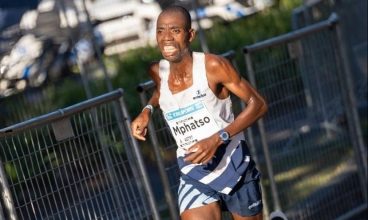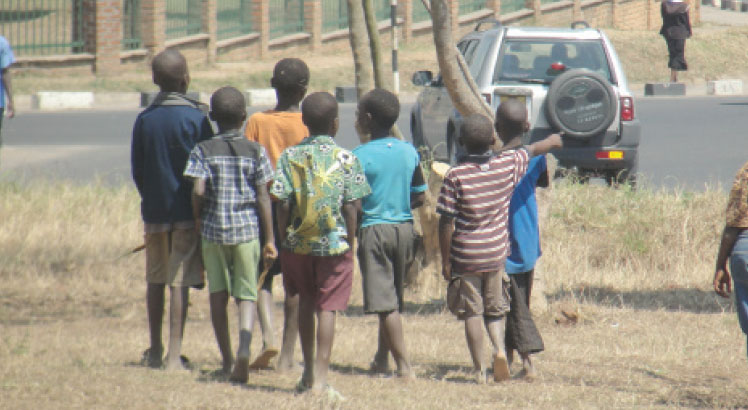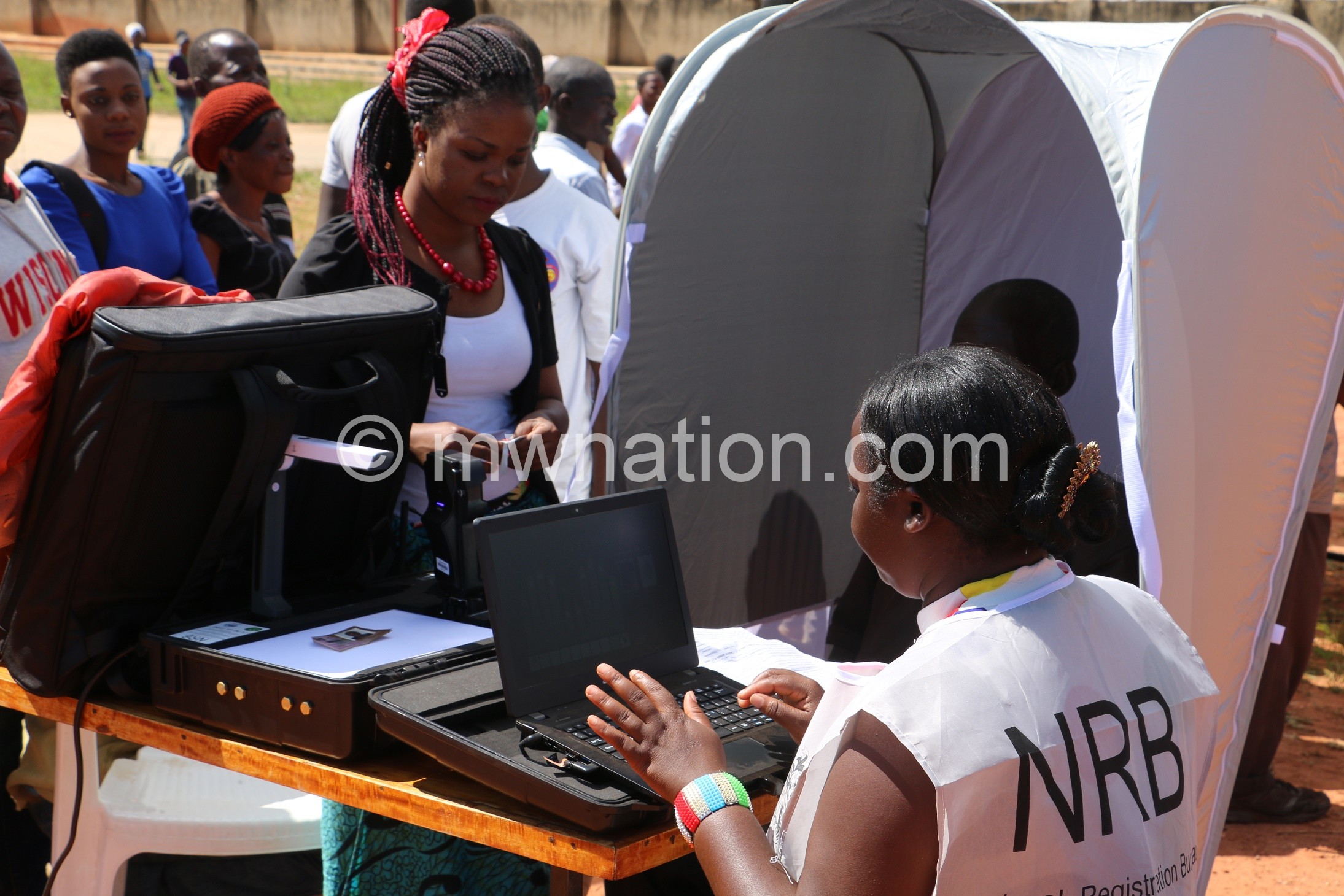Poor funding murks water
- Analysis exposes meagre funding towards water sector
- Funding contradicts MGDS, long-term vision, SDGs priorities
Water is life so the maxim goes, but with low access to safely managed water, sanitation and hygiene (Wash) services endangering the health of the population, gross underfunding to the sector is also putting lives of many at risk. This contradicts Malawi’s commitment to meet local and international set goals, Nation on Sunday has learnt.
The development comes at a time a drinking water quality audit that government commissioned early this year disclosed that the country’s water boards have been supplying unsafe drinking water.

Capital Hill’s scanty funding towards the water sub-sector is also against the dictates of the 2012 Malawi Water Investment Sector Plan (ISP) which suggests that $140 million (about K105 billion) is needed annually between 2015 and 2030 for the sector to achieve 98 percent access to improved water supply by 2025 and 90 percent access to improved sanitation by 2030.
But such underinvestment in a critical sector-brim with a myriad of significant multiplier effects to the economy-is doing harm than good to the already impoverished nation as the World Bank estimates that the country is losing 1.1 percent of the country’s annual gross domestic product (GDP)- largely due to low access to safely managed water and sanitation services.
The loss is roughly $120 million (about K91 billion) per annum, using the new nominal GDP figure of $10.9 billion (about K8.1 trillion) as released by the National Statistical Office (NSO) last year, our calculation shows.
But the opportunity cost of not investing more resources in the sector is far huge from the face value as the ISP shows that that there are substantial socioeconomic gains for Malawi with every dollar invested, generating net benefits of between $4 and $14.
The World Health Organisation (WHO) suggests that improving access to improved water, sanitation and hygiene would save 20 000 lives per year and eliminate 25 million episodes of illness.
Besides, improvements in health frees up time for students to learn and adults to work, according to a health economics specialist who is also lecturer of economics at Chancellor College, Gowokani Chijere-Chirwa.
“As an example, students infected with intestinal worms transmitted due to poor access to sanitation and hygiene, are 23 percent more likely to drop out of school, and earn 40 percent less,” he said.
Chijere-Chirwa added: “As the saying goes, ‘water is life…’ that is a powerful statement that by now Malawi would have printed it on various billboards in the country to signify the value of water and life. Water, sanitation and hygiene is a core issue in the SDGs [Sustainable Development Goals] , and that’s why they even made it a standalone goal as well as in the African agenda 2063.Investing in water and hygiene, means reduced waterborne diseases, which are a huge problem in this country. By reducing water related problems, we also save the cost burden on the health system and also ensure very productive labour. Remember, a huge component of human body is made up of water and it also means investing in Wash also means indirectly improved labour productivity.”
SDG targets 6.1 and 6.2 aims for universal and equitable access to safe drinking water and sanitation by 2030.
Water and sanitation are priority areas for the government of Malawi, as outlined in the third Malawi Growth and Development Strategy (MGDS) 3. Water development features under MGDS III key priority area 6.2, while sanitation features under priority area 6.6 (health and population). With regards to policy guidance, the delivery of Wash services is guided by the Water Policy of 2005, the National Sanitation Policy (2008), the Water Resources Act (2013) and the National Sanitation and Hygiene Strategy (2018-2024).
There are three main sources of financing for the water, sanitation and hygiene sector. These are government domestic revenue (from tax and non-tax sources), external financing (Official Development Assistance (ODA) and private sources as well as expenditures by households on water and soap.
However, our analysis-which has been corroborated by the public expenditure review (PER) of February 2020 which shows that between 2014/15 and 2018/19 financial years, Capital Hill funding for the water sub-sector only averaged 0.39 percent or just under 0.1 percent of GDP.
A 2017/18 Unicef Wash budget brief shows that the sector has been receiving relatively fewer donor flows than other social sectors (health, education and humanitarian aid). Data from the Aid Management Platform (AMP) shows that between 2012 and 2015, the water sector received an average of 2.1 percent of all donor flows to Malawi. This was far behind health, education and humanitarian support (emergencies, vulnerability and disaster management).
Government’s budget allocations to the sector as a proportion of GDP is also too little when compared to that of other countries in the region and other sub-Saharan countries. In the 2020/21 budget, the Wash sector has an allocation of about K90 billion, but that falls short of the K105 billion threshold needed annually between 2015 and 2030 for the sector to achieve its key targets.





